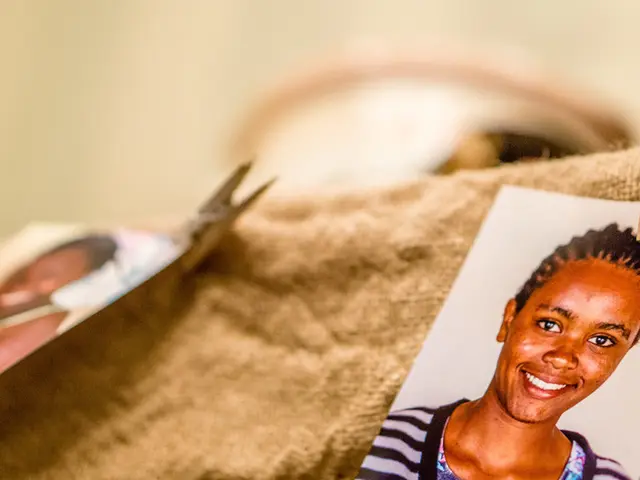Farmers in Brazil grapple with debt and apprehension a year after catastrophic flooding incidents
In the southernmost state of Brazil, Rio Grande do Sul, farmers are living in constant fear as the river levels rise. This region, one of the country's largest producers of rice, soya, and pork, has been hit hard by a series of catastrophic floods.
These floods, which occurred in June, September, and November of 2023, as well as in May 2024, have left a trail of destruction in their wake. The floods in 2024 affected the regions of the plains of the Taquari and Caí valleys, and the Porto Alegre metropolitan region. As a result, 206,000 properties lost crops, animals, and facilities.
The floods were driven by the El Niño weather phenomenon and exacerbated by climate change. Under La Niña, drought and heatwaves have led 60% of municipalities in Rio Grande do Sul to declare a state of emergency.
The floods have had a devastating impact on the agricultural sector. The Amazon Environmental Research Institute (Ipam) found that soils cultivated for more than a decade with a single species lose 38% of their carbon stocks. This loss is significant, as agriculture accounts for almost 74% of Brazil's emissions, mainly due to the conversion of soil into monocultures.
The state government estimates that local producers' debts due in 2025 will reach 28 billion reais (USD 5 billion). Most of the funds so far have been invested in emergency support for the victims, building new homes, and infrastructure works. However, the federal government has committed 6.5 billion reais (USD 1.1 billion) for works to adapt to climate change, such as the construction of flood dykes.
The governor of Rio Grande do Sul, Eduardo Leite, is responsible for financing climate-compatible projects. The state government has suggested to the Ministry of Finance the use of the Pre-Salt Social Fund to support its recovery. The governor is known for his efforts related to sustainability and climate resilience in the region. Support measures already provided to the agriculture sector include initiatives and funding aimed at better protection against extreme climatic events, though specific assistance details are not explicitly stated in the sources.
Despite these efforts, farmers in the affected regions are still traumatized, in debt, and afraid to invest in their production in the face of climatic extremes. The proposed dykes do not reach the neighbourhood where the seven Landless Workers' Movement (MST) settlements are located.
In an attempt to alleviate the financial burden, the national congress suspended the repayment of 11.7 billion reais (USD 2.1 billion) of the state's debt to the federal government for three years. This move is expected to provide some relief to the state as it works towards its reconstruction following the floods in 2024.
The floods in Rio Grande do Sul represent a stark reminder of the impact of climate change on agriculture and the need for urgent action to adapt and mitigate its effects. As the world continues to grapple with these challenges, it is hoped that lessons learned from this tragedy will be applied to prevent similar disasters in the future.
Read also:
- Republicans advocate Trump's domestic policy plans in Iowa, though some business owners remain skeptic
- International discussions on plastic waste management might be shaped by China pledging to reduce plastic production levels.
- Procedure for Granting the Contract Has Been Instigated by the Commission
- Weekly updates from the German federal parliament, Bundestag








